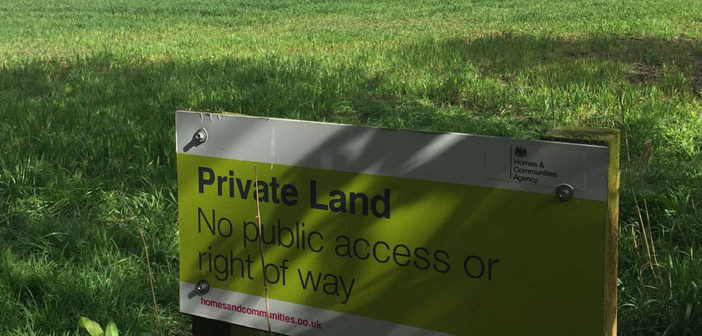THE Green Belt – the countryside next door for 30 million people – is facing extreme and sustained pressure, according to the countryside charity CPRE.
Currently, there are 257,944 homes proposed for land removed from the Green Belt in England – four times as many as in 2013.
Only one in 10 is considered “affordable” so these new homes will do little to tackle the affordable homes crisis, says CPRE.
In Warrington, the council’s existing Local Plan (which is on hold) is seeking to release Green Belt at Burtonwood, Croft, Culcheth, in the “Garden Suburb”, at Hollins Green, Lymm, the South West Urban Extension, the Waterfront and at Winwick, the charity claims.
All this at a time of a surge in demand for time in green spaces.
Despite a surge in demand for time in green space, the Green Belt – the countryside next door for 30 million people – is facing extreme and sustained pressure, according to new research from CPRE, the countryside charity. The annual State of Greenbelt 2021 report reveals there are currently 0.25 million (257,944) homes proposed to be built on land removed from the Green Belt – over four times as many (475% increase) as in 2013. With only one in ten considered affordable, these new homes will do little to tackle the affordable housing crisis.
This pressure is only set to increase under damaging changes to the planning system currently being considered by the government – the analysis reveals the new formula to determine housing supply proposed by the government could lead to at least a 35 percent increase in housing on the Green Belt. The report highlights a number of local case studies where increased pressure on Green Belts is leading to the loss of valuable open land for local communities.
This huge loss of countryside near where people live is in direct contradiction to overwhelming demand for access to quality time in green space and nature.
CPRE says:
• More than two thirds (67 percent) of adults think protecting and enhancing green spaces should be a higher priority after lockdown;
• Nearly half (46 percent) reported visiting green spaces more since the start of lockdown – a dramatic 11 percentage point increase since April 2020;
• 59 percent reported they are more aware of the importance of these local green spaces for our mental health and wellbeing since lockdown.
Crispin Truman, chief executive of CPRE, the countryside charity, said: “Local countryside and green spaces have been a lifeline through lockdown. Our poll shows massive public support for protecting these places – their importance for our mental health and wellbeing is undeniable. So, to see the growing level of threat faced by the Green Belt, the countryside next door for millions of people living in our towns and cities, is extremely worrying.
“The government can and must act to stop the loss of Green Belt and ensure greater access to nature and green space is at the heart of our planning system. This can be done by making best use of land that’s been built on previously before even considering development on the Green Belt. The public is crying out for more access to nature, green space and countryside – it’s time ministers realised this and put people and nature at the heart of their changes to the planning system.”
Despite evidence that there is already enough space on previously used land (known as brownfield) and other land already granted planning permission for the government to reach its housing targets for the duration of this parliament, the upcoming changes to planning look set to further increase pressure on the Green Belt.
CPRE is urging the government to put people and nature at the heart of the forthcoming Planning Bill.




